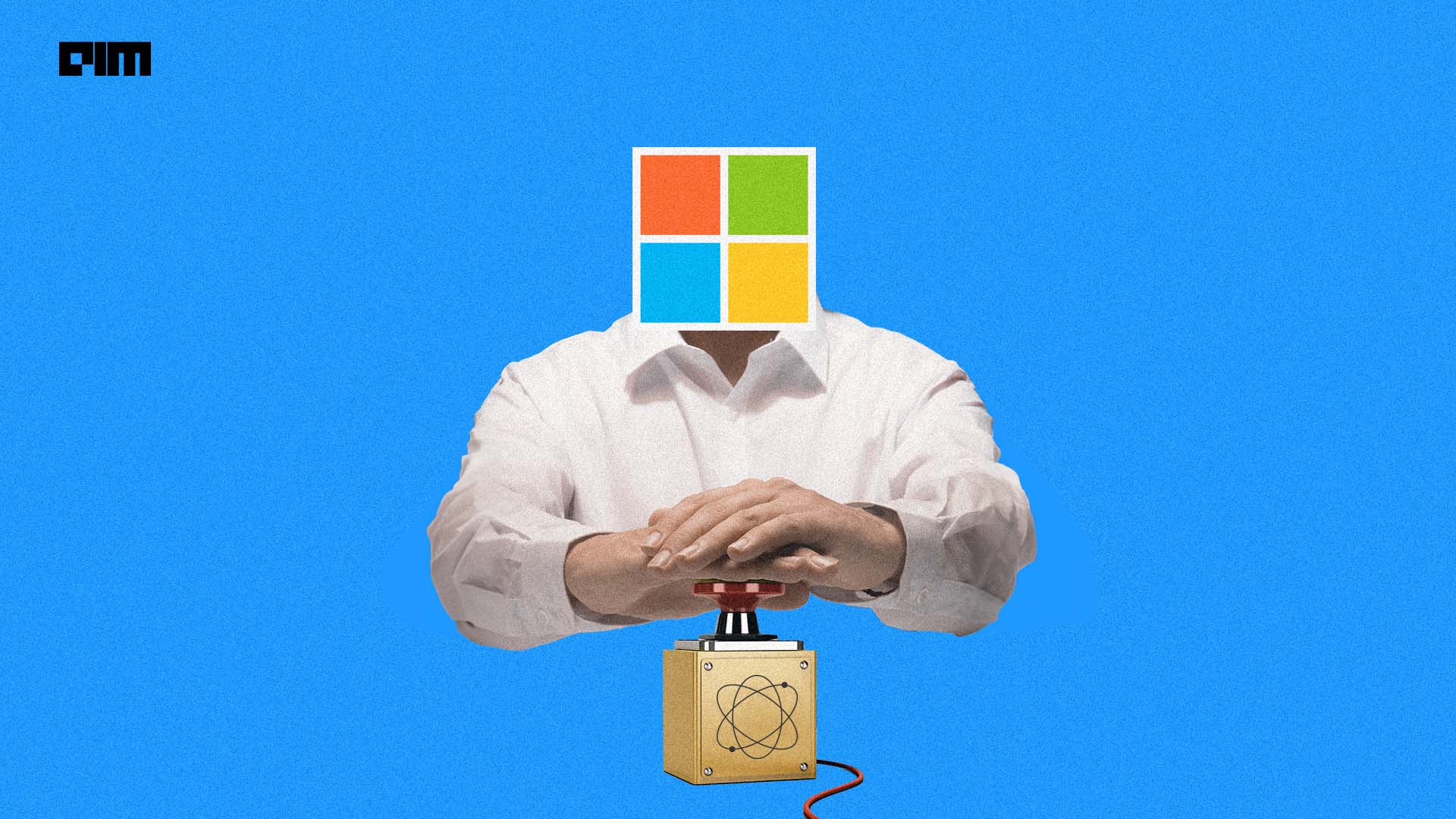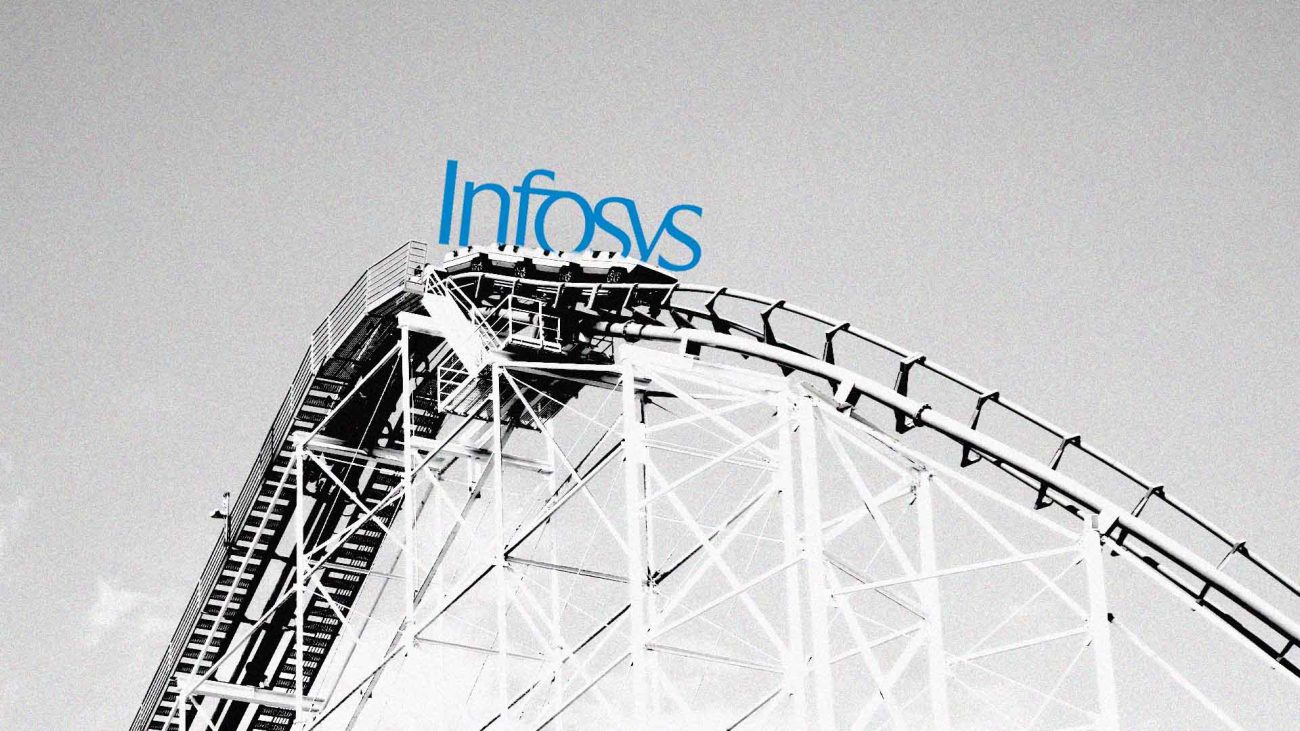|
Listen to this story
|
Microsoft is actively exploring the possibility of harnessing nuclear energy to fuel its data centres. The tech giant is currently in search of a program manager specialising in nuclear technology to spearhead the ‘development and implementation of a global strategy for small modular reactors (SMRs) and microreactor energy systems’.
This role will entail guiding the seamless integration of SMRs and microreactors into the infrastructure powering Microsoft’s data centres, where the Microsoft cloud and its suite of AI technologies are hosted.
Harnessing Nuclear Energy
Microsoft is not new to the field of nuclear energy. The IT giant has a goal of using 100% renewable energy by 2025.
Microsoft has already partnered with Helion, an energy start-up that is developing a nuclear fusion reactor. Microsoft has agreed to buy electricity from Helion when their reactor becomes operational in 2028. Helion is backed by OpenAI, which is majorly supported by Microsoft.
Data centres are one of the main consumers of electricity in the world. According to the International Energy Agency, data centres use 1-1.5% of the global electricity supply. A report by C&C estimates that an average data centre consumes 50-80 Megawatts of power per year, which is enough to power 80,000 households. Some larger data centres use more than 100 Megawatts.
Most of Microsoft’s data centres are located in the US, where fossil fuels still account for 60% of the electricity generation. By switching to nuclear power, Microsoft can reduce its carbon footprint and contribute to a cleaner and greener future.
Data Center Spends
Globally, there are an estimated 9,380 data centres in operation, with Microsoft taking charge of 200 of them. The collective expenditure on data centres for the year 2023 is projected to reach a staggering $217 billion.
Although Microsoft does not publicly divulge a detailed breakdown of their capital expenditures, their financial reports reveal a substantial capex figure for 2023, hovering at nearly $11 billion.
In line with industry averages, Microsoft is said to allocate an annual budget of approximately $24 million for the maintenance and operation of each of their data centres. This translates to an annual expenditure of nearly $5 billion on data centre-related costs, accounting for a significant 50% of their total capital expenditure.
How SMRs could Save Millions of $ and Energy
Small modular reactors (SMRs) are a type of nuclear reactor that can produce up to 300 MWs of electricity. They are smaller than conventional reactors and can be built in factories and transported to the site. They also have a subcategory called microreactors, which can produce up to 10 MWs of electricity. These reactors could be ideal for Microsoft, as their data centres have similar power requirements.
SMRs have several advantages over conventional reactors. They are modular, which means they can be assembled and installed quickly and easily. They are also cost-effective, as they require less capital investment and maintenance. A 300 MW SMR costs about $900 million to $1 billion to build, while Microsoft pays about $7-8 million in electricity bills for each data centre per year. By switching to nuclear power, Microsoft can save money and reduce its dependence on fossil fuels.
Microsoft’s Carbon Neutral goal
Back in 2020, the IT giant made a commitment to transform into a carbon-negative, water-positive, and zero-waste organisation. It appears that their strategy is yielding results. By 2022, they had already achieved a 23% reduction in emissions. Furthermore, their dedication to conserving water involves replenishing more water than they consume, with a recent pivot to nuclear power serving as a pivotal step in fulfilling this ambitious pledge.
In a statement, the company affirmed their unwavering commitment to these goals, emphasising their ongoing efforts to meticulously track emissions, accelerate progress, and bolster their reliance on clean energy to power their data centres. They also underscored their dedication to procuring renewable energy sources, all in pursuit of their sustainability objectives: to be carbon negative, water positive, and zero waste by 2030.
“We are committed to helping our customers use our platforms and tools to do more with less today and innovate for the future in the new era of AI” said Satya Nadella, CEO of Microsoft.














































































